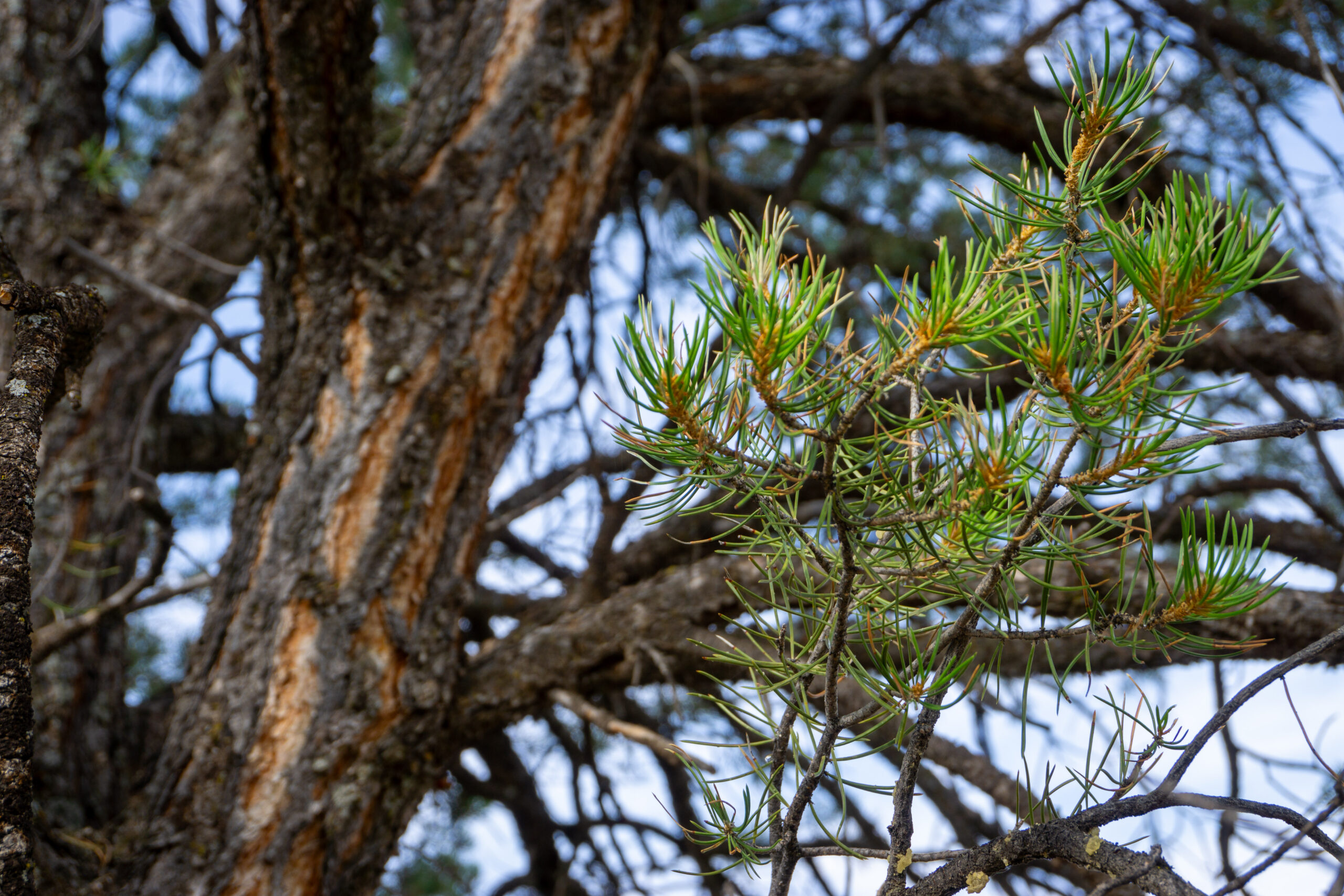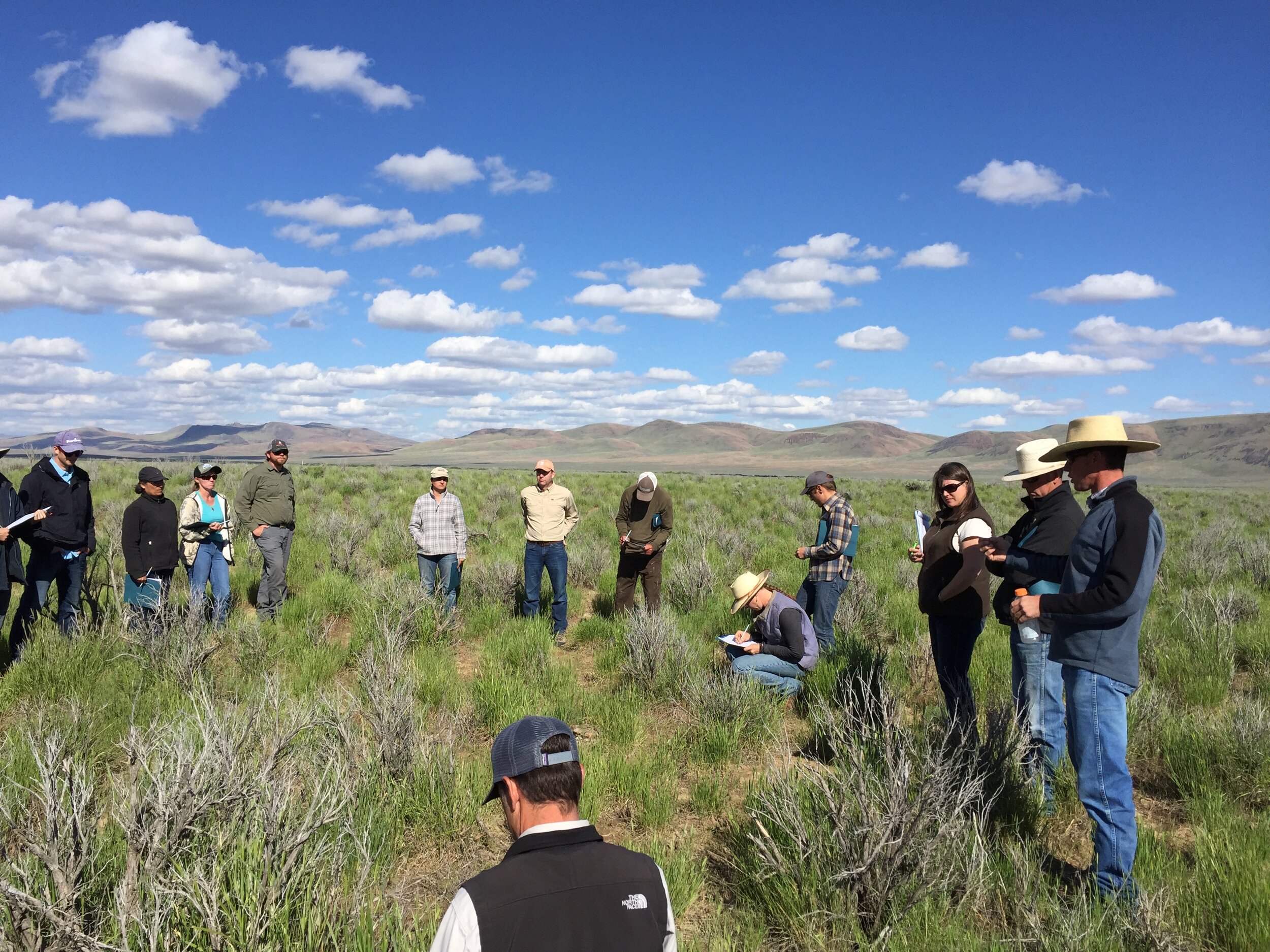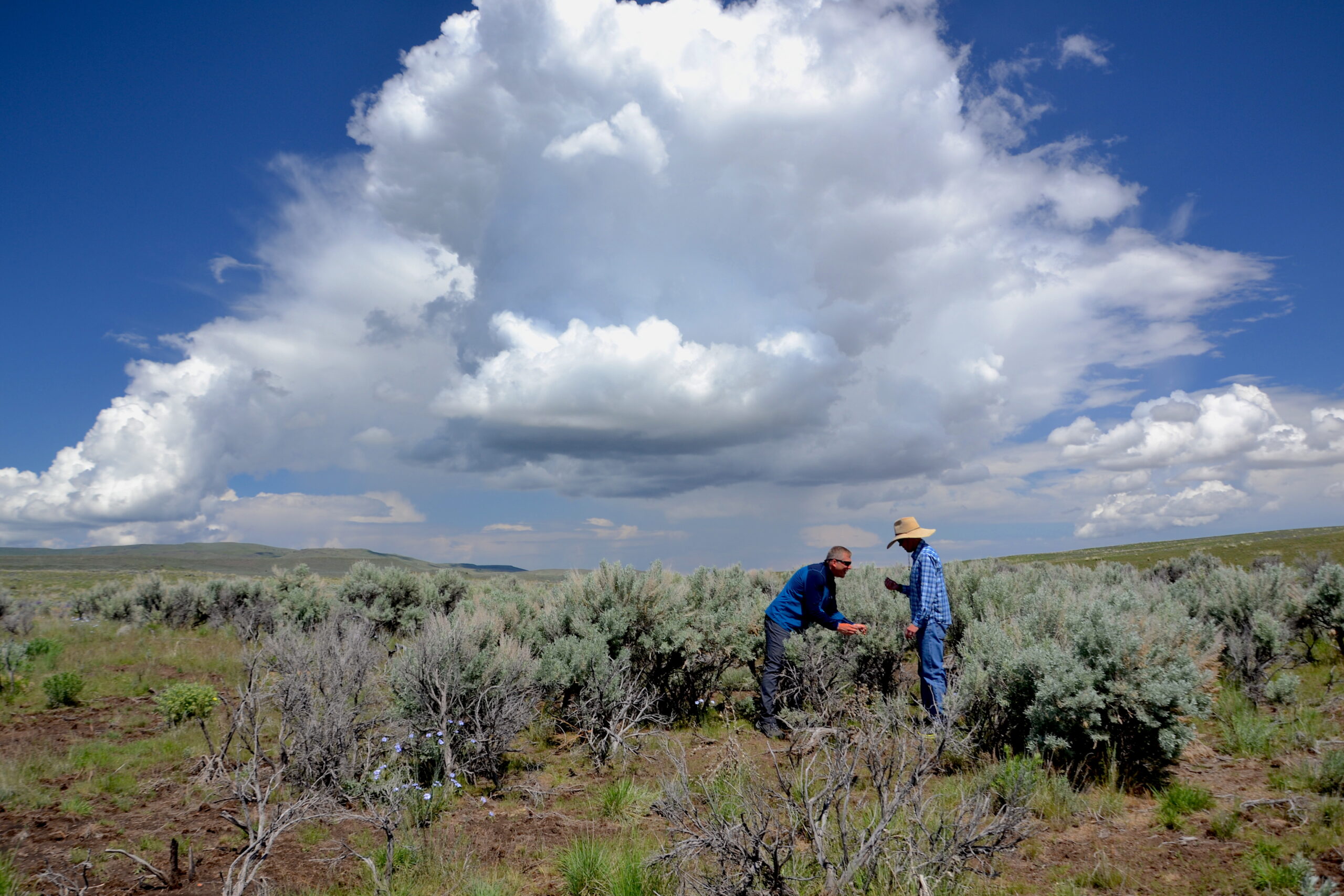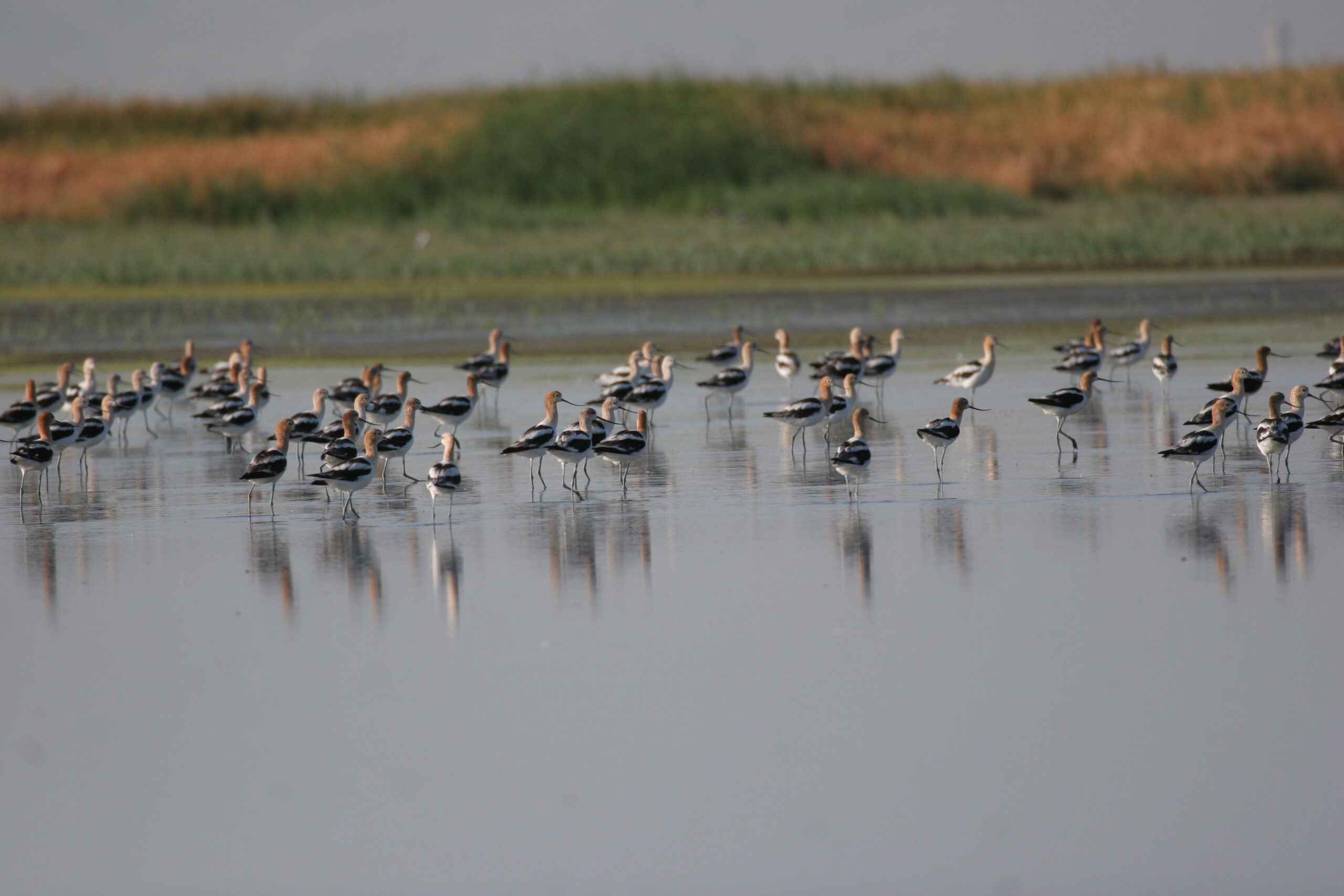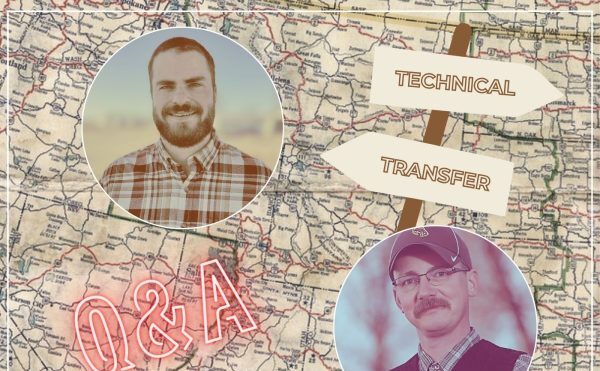-
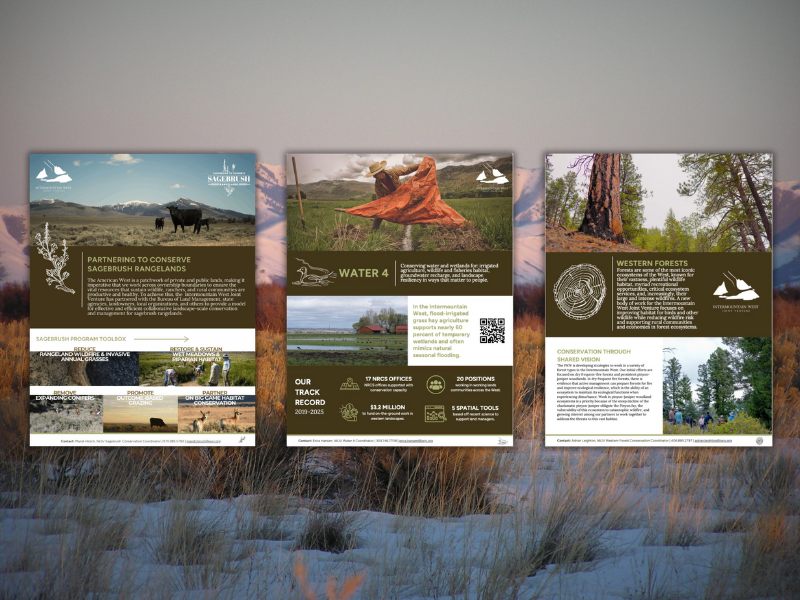
·
2025 IWJV Fact Sheets
2025 IWJV Fact Sheets The IWJV Fact Sheets provide an overview of the IWJV’s landscape-focused programs we work on in the West. They showcase the three priority habitats, highlight some key components that make each program successful in collaborative conservation, and provide a snapshot of the programs’ achievements from working with our dedicated partners to…
-
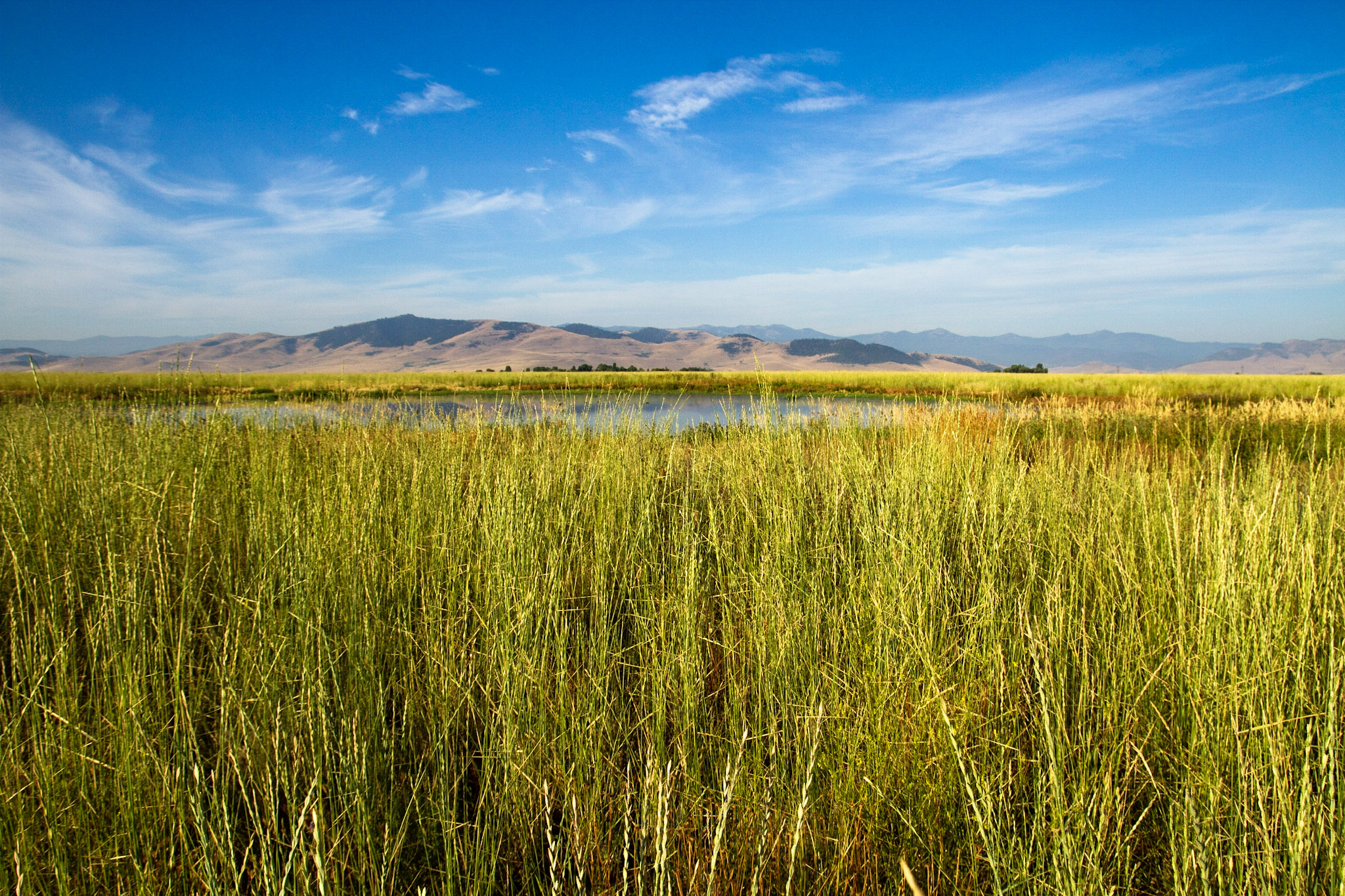
·
Implementation Plan
Our Guide in Conservation 2025 Implementation Plan Over the past decade, the Intermountain West Joint Venture (IWJV) has significantly evolved in its approach to bird habitat conservation. While its core mission remains the conservation of bird habitats—a focus it has maintained since its founding in 1994—the IWJV has expanded its strategies to better support its…
-

·
Low-Tech Methods to Promote Healthy Streams and Meadows: A Factsheet
Learn about simple, low-tech methods that help promote healthy streams and meadows by slowing runoff, spreading water, and boosting productivity. Learn About Low-Tech Restoration Practices As low-tech methods to restore healthy streams and meadows are implemented across the West, more and more people are becoming aware of these approaches. We created a factsheet in online…
-

·
Annual Operational Plan
Annual operational plan The Intermountain West Joint Venture’s Annual Operational Plan establishes the priorities, activities, and budget for the current federal fiscal year. This operational plan focuses our team on efforts that help us realize the highest possible return on investment as we support habitat conservation through partnerships across 486 million acres of the West.
